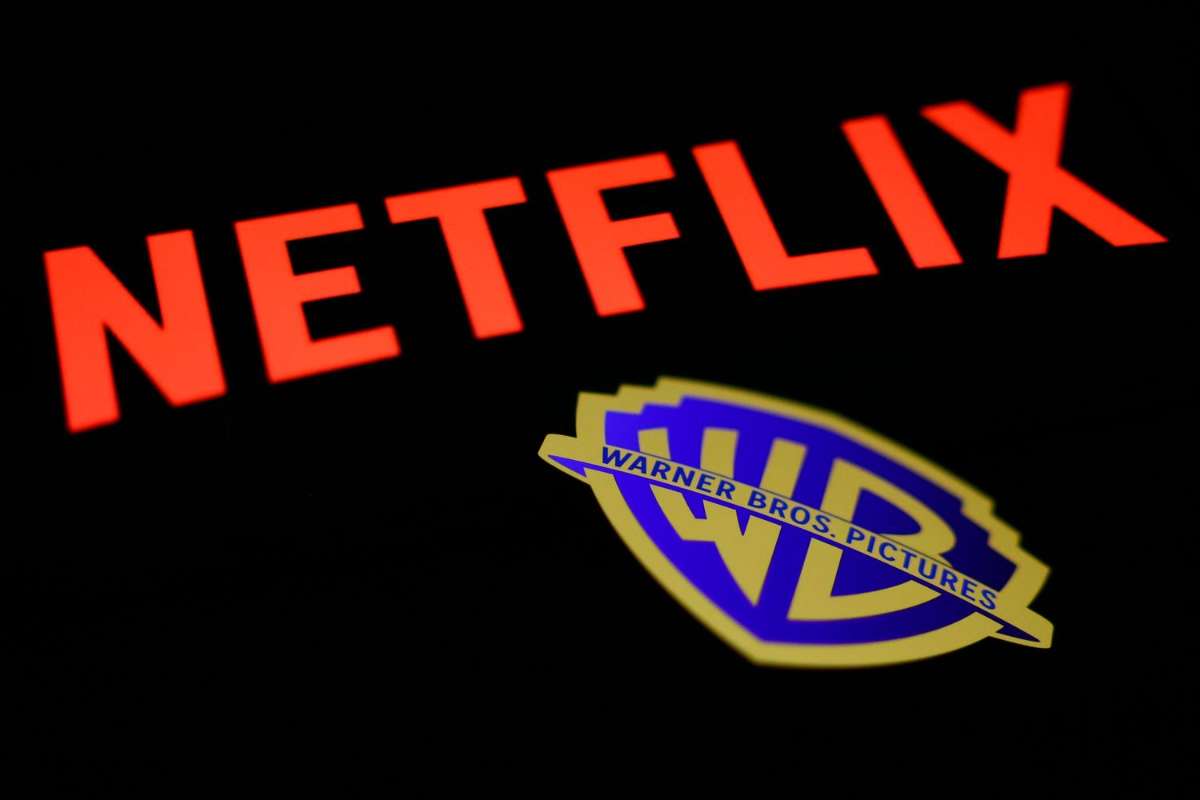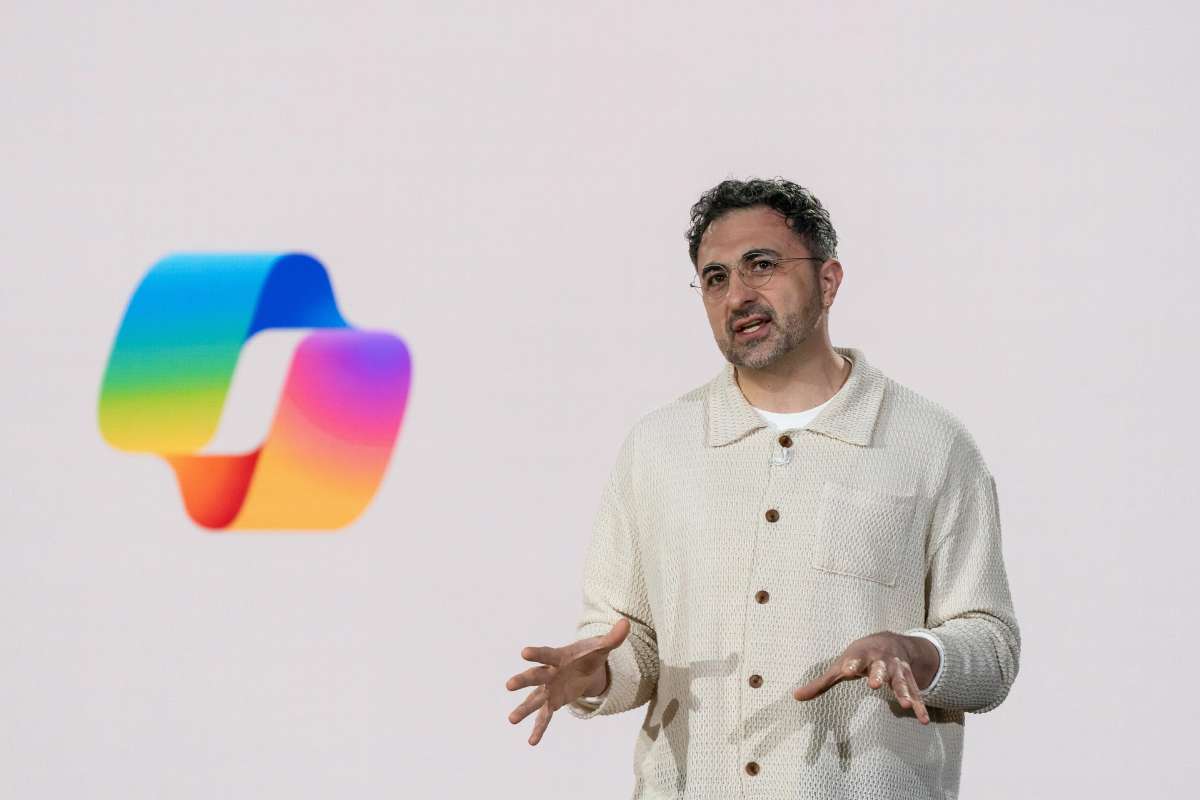Staying productive without feeling drained is a real challenge for CIOs. With constant meetings, technical escalations, and leadership responsibilities, taking a breath can be hard. However, pausing is precisely what makes you more productive. The 52/17 rule has gained traction among time-conscious professionals, and for good reason. It’s not about doing less work. It’s about doing your most important work with better focus and balance.
The benefits of the 52/17 rule for busy CIOs stretch far beyond time management. It helps reduce decision fatigue, supports creative problem-solving, and allows mental space to plan, reflect, and lead. Studies show that following this structure improves concentration and engagement while reducing burnout.
So, adopting the 52/17 rule can dramatically improve how CIOs think, lead, and collaborate. Instead of grinding through your day, you move through it in sharper, more focused cycles, giving your best energy to what matters most. In this article, we will discuss how the benefits of the 52/17 rule for busy CIOs help convert stress into a tangible strength.
Why the 52/17 Rule Works?
DeskTime data found that the most productive people follow precisely 52 minutes of work, followed by a 17-minute break. The most recent study reaffirmed that high performers still use this pattern, which remains a key productivity strategy. Experts suggest the brain’s focus capacity starts diminishing after about one hour. A 52-minute window hits the sweet spot before attention dips, while a complete 17-minute break lets the brain reset, not just shuffle tasks.
➣ Here are the 5 Benefits of 52/17 Rule Works for CIOs
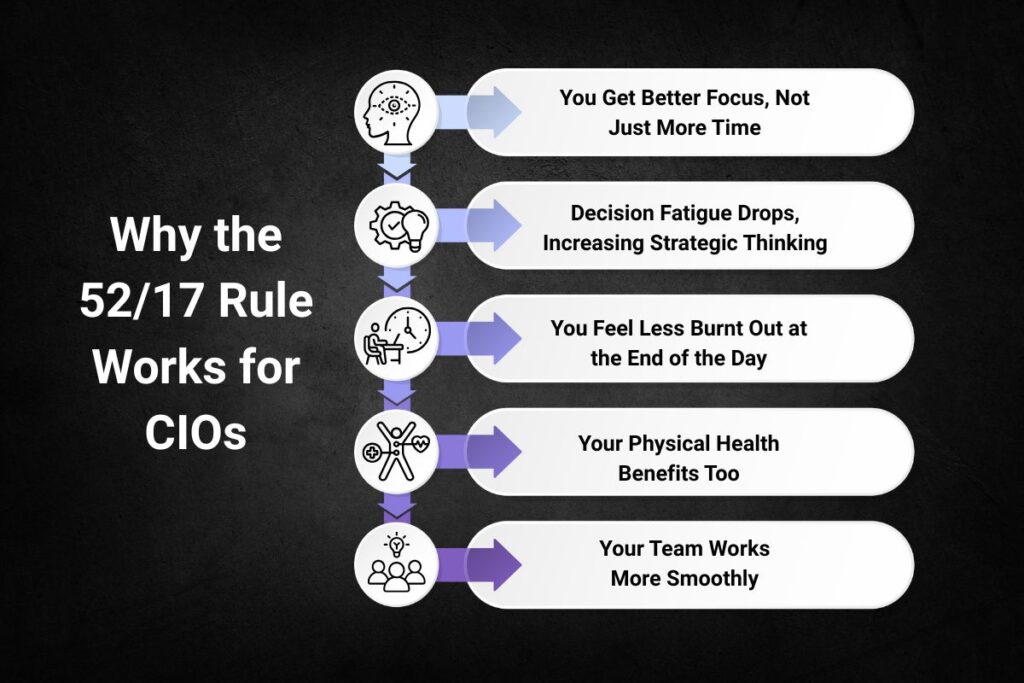
1. You Get Better Focus, Not Just More Time
CIOs spend hours dodging strategic discussions, managing vendors, and firefighting IT issues. Following the 52/17 rhythm improves the ability to concentrate on a task without checking messages or jumping on calls. These focused sprints lead to deep work, a concept supported by neuroscientists and productivity researchers. The break prevents mental fatigue before it sets in. When you work with intention and recover on time, your attention span naturally improves, letting you do more in less time.
2. Decision Fatigue Drops, Increasing Strategic Thinking
Tech leaders make hundreds of small decisions every day. Over time, this erodes clarity. The benefits of the 52/17 rule for busy CIOs include giving your mind time to reset between these decisions. Instead of moving from one call to the next, the 17-minute break acts like a brain buffer. Instead of wasting time, it gives a scope for recovery. This makes the next decision sharper, more thoughtful, and less reactive. CIOs who follow the rule often feel more confident in their judgments and more composed under pressure.
3. You Feel Less Burnt Out at the End of the Day
Working nonstop might feel productive, but it’s unsustainable. The 52/17 approach builds in recovery without forcing an end. Taking short, structured breaks helps the nervous system reset. It lowers stress levels and reduces digital fatigue. Instead of reaching the end of your workday depleted, you finish with more mental energy. That alone makes a significant difference in overall well-being. The benefits of the 52/17 rule for busy CIOs are long-term, which means less burnout, better health, and consistent leadership presence.
4. Your Physical Health Benefits Too

CIOs are often glued to their desks for 8–10 hours. This sedentary work style leads to muscle tension, poor posture, and eye strain. The 17-minute breaks allow standing, stretching, hydrating, and moving. All these are essential but straightforward habits. Over weeks and months, this prevents chronic tension and fatigue. When leaders adopt healthy habits, it sets a culture of wellness across the board.
5. Your Team Works More Smoothly
One of the lesser-known benefits of the 52/17 rule for busy CIOs is how it improves team coordination. When entire departments sync their work sprints and breaks, collaboration becomes smoother. People aren’t caught mid-deep work when a message arrives. Using tools like DeskTime or Insightful, CIOs can guide teams to follow shared productivity rhythms, boosting overall cohesion without micromanagement.
➣ Team Engagement Ideas During 17-Minute Breaks
Even short breaks can build community. Adding the below ideas into 17-minute break slots makes team interaction more natural and fun. It reinforces one of the key benefits of the 52/17 rule for busy CIOs: being productive in building the culture as you lead.
Here’s how teams can stay connected and energized:
- Virtual coffee chats: Pop into a shared call to catch up; there is no agenda, just connection.
- Two-minute trivia: One team member hosts a fun question daily.
- Shared music sessions: Create a team playlist and play it during break time.
- Stretch breaks: Set a recurring calendar event where everyone joins for light movement.
- Wellness shares: Let a team member share one self-care tip every day.
➣ How CIOs Gain from This Method?
1. You Start Working With Your Brain, Not Against It
For years, productivity culture encouraged pushing through fatigue. Nevertheless, brain scans and neurological research suggest we need rest to think clearly. The 52/17 method aligns with the brain’s natural ultradian rhythm, our built-in cycle for focus and rest. By following this flow, CIOs can reduce stress hormones, stay mentally sharp, and do more strategic work with fewer errors. You’re not slacking, you’re syncing with how your mind operates.
2. It Builds a Team Culture That Respects Energy

When leaders model intentional breaks, it signals the rest of the organization that it’s a strategy. Teams adopt similar rhythms, leading to more energized meetings, fewer miscommunications, and stronger team morale. It encourages honest conversations about burnout and focus, which builds a healthier and more sustainable workplace. This is one of the cultural benefits of the 52/17 rule for busy CIOs that’s often overlooked.
3. Breaks Become Tools for Innovation
Many CIOs report that their best ideas come during downtime. Those 17-minute windows become a creative space. You step away, but your mind keeps working in the background. Returning from a break with a more straightforward approach, a fresh idea, or a better way to communicate strategy is common. Rather than grinding through mental blocks, you allow space for insight to arrive naturally.
4. It Gives You Control Over Your Day
CIO schedules often feel out of control, with calls, emails, escalations, and surprises. However, carving out 52-minute blocks brings structure to chaos. You reclaim a sense of agency by dedicating time to deep work, followed by real rest. You’re still responsive, but you’re also intentional. Over time, this makes work feel less reactive and more grounded.
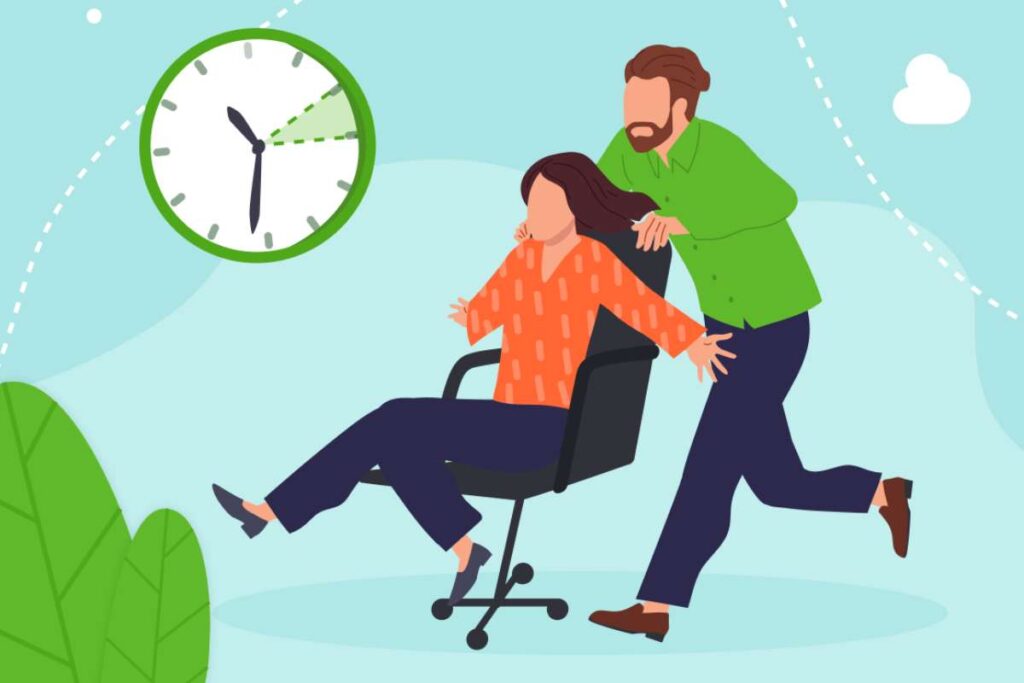
Feel Less Exhausted at 5 p.m. with the 52/17 Rule That Protects Your Brain
Tech organizations use the 52/17 rule to boost focus and prevent burnout, especially in remote and hybrid teams. This approach encourages team members to work with full attention for 52 minutes and then step away for a 17-minute break.
Tools That Help with Team Coordination
Using these tools builds consistency across teams. That consistency helps scale the benefits of the 52/17 rule for busy CIOs without adding friction or overhead.
These tools make implementing the 52/17 rule easier:
➣ Desk Time:
Tracks focus periods and break times automatically. Used in the original study that inspired the 52/17 rule. What sets DeskTime apart is its ability to monitor activity without interrupting your flow. It records productive vs. unproductive time in the background, allowing you to visualize patterns, flag distractions, and align your workflow to the 52/17 rhythm. You can customize break notifications or set automatic pauses to remind yourself and your team to step away and reset. It’s instrumental in hybrid or remote teams where visibility into work habits can often feel intangible.
➣ Lark:
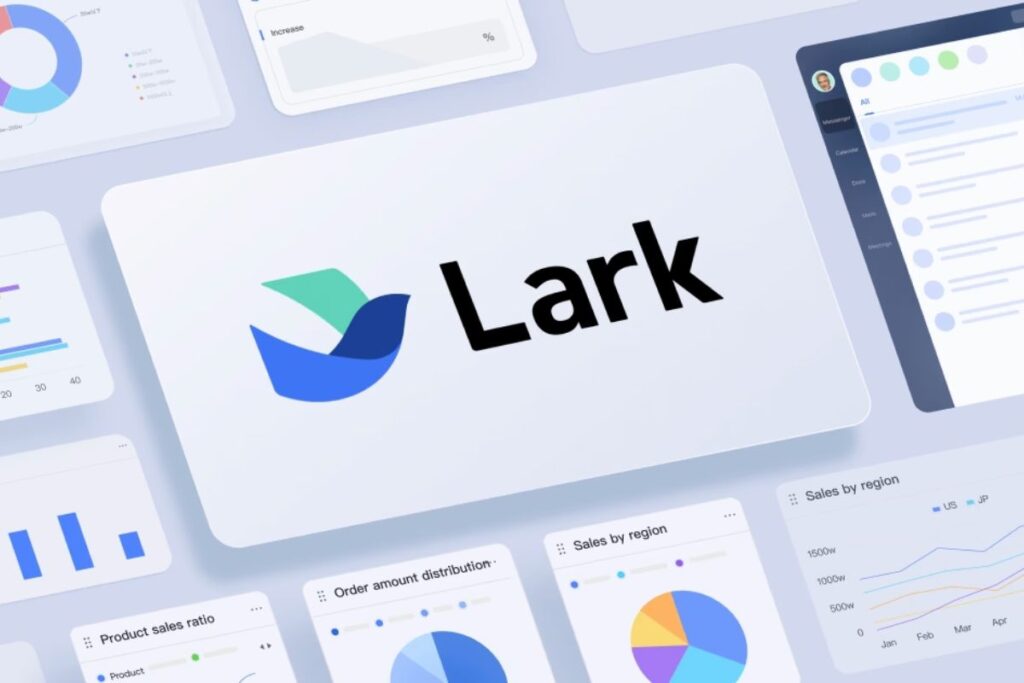
Allows teams to schedule shared work sprints and send break reminders. Lark combines docs, chat, and calendar functions into one hub. Teams can block out focus sessions in live, assign collaborative tasks, and trigger gentle nudges when it’s time to pause. The app’s intelligent assistant even helps optimize scheduling so that meetings don’t disrupt sprints and breaks. By integrating 52/17 cycles into shared calendars and chats, Lark makes it easy for teams to adopt the rule without needing a separate system or constant oversight.
➣ Insightful.io:
Designed to support smart work cycles and team-wide time tracking. Insightful.io allows managers and individuals to view time use through detailed dashboards. It’s live activity monitoring tracks keyboard and mouse usage to infer deep work blocks, then recommends break points based on performance dips or cognitive load. You can even segment data by department or team member to identify who’s thriving with the 52/17 rule and who might need adjustments. Insightful is perfect for enterprise teams looking for a balance between autonomy and accountability without micromanaging.
➣ Toggl Track:
Simple timers to mark 52/17 cycles, export data, and reflect on productivity. With a clean interface and one-click timer, Toggl Track encourages users to be intentional about time. You can label each 52-minute focus block by task or client, helping clarify time spent. When the break comes, the timer reminds you to step away, encouraging healthier routines over time. Weekly reports help spot patterns, like if you’re consistently working past the 52-minute mark or skipping breaks. Ideal for freelancers, startups, or anyone who values data without the complexity of enterprise software.
➣ Luxafor Flag:
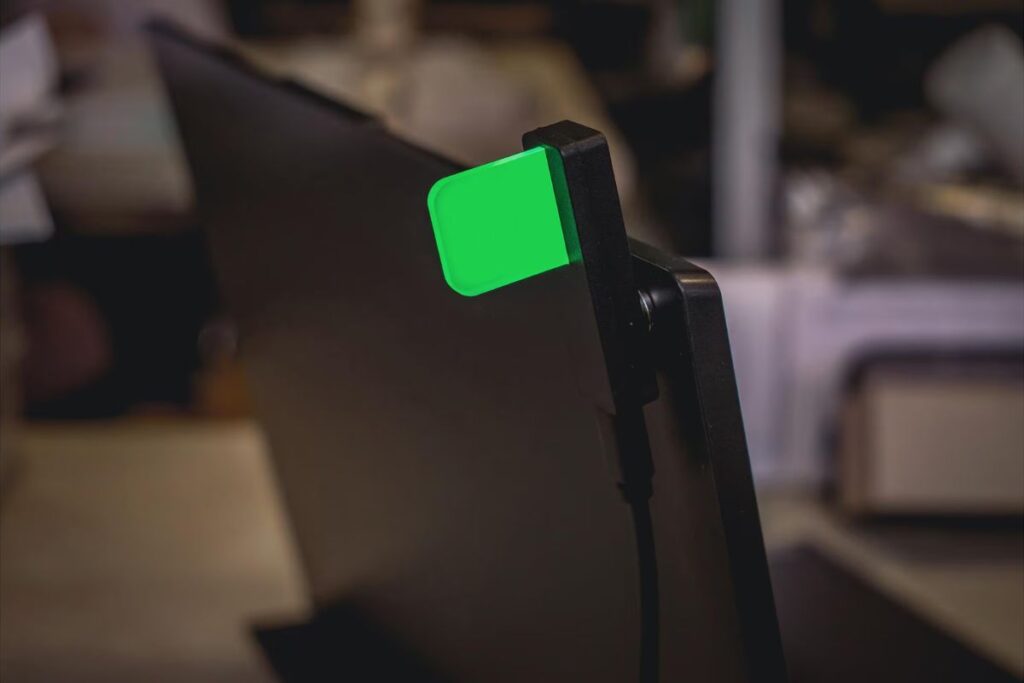
A physical LED indicator that shows your availability is best during deep work blocks. Luxafor plugs into your computer and displays colored signals (like red for “do not disturb”) to reduce workplace interruptions. During 52-minute sprints, it acts as a visual boundary, subtly signaling colleagues to wait before tapping you on the shoulder. Then, when your 17-minute break arrives, it switches to green or another preset color, letting you reengage. It’s a surprisingly effective tool for maintaining work rhythm in open offices, coworking spaces, or busy home environments where visual cues protect focus.
Remote Work Benefits with the 52/17 Rule:
CIOs managing distributed teams know how blurry remote workdays can become. People often forget to take breaks or overwork without office cues to compensate for visibility. The 52/17 rule solves that. Setting clear blocks and breaks creates psychological boundaries. Your team knows when to work hard and when to pause.
This rhythm also improves virtual collaboration. When people are aligned on energy cycles, planning focused sprints and respectful pauses is easier. Breaks encourage stepping away from screens, reducing digital fatigue and screen-induced stress. In remote setups, this structure boosts well-being and reduces attrition. That’s a quiet yet impactful benefit of the 52/17 rule for busy CIOs.
Also Read : 15 Work-Life Balance Strategies for CIOs That Make Leadership Less Overwhelming
Example Scenario & Timetable:
The process remains transparent, team-wide, and effective by layering in team engagement activities during 17‑minute breaks and using tools that help with team coordination.
Here’s how a typical CIO’s day might map using the benefits of the 52/17 rule for busy CIOs:
| Time | CIO’s Day might map |
| 09:00–09:52 | Deep block for reviewing cybersecurity reports |
| 09:52–10:09 | Break: stand up, stretch, open window, quick call to a peer |
| 10:09–11:01 | Sprint: architecture design work |
| 11:01–11:18 | Break: cup of tea, short chat with a team lead |
| 11:18–12:10 | Sprint: vendor evaluation |
| 12:10–12:27 | Break: step outside, breathe, reset |
- Repeat cycles through to a reasonable lunch or wrap-up.
Conclusion
There’s no badge of honor in burnout. For CIOs, success isn’t just about delivering tech. It’s about showing up daily with clarity, confidence, and direction. The benefits of the 52/17 rule for busy CIOs offer more than productivity gains. They offer balance, creativity, focus, and a work style that respects the human mind.














